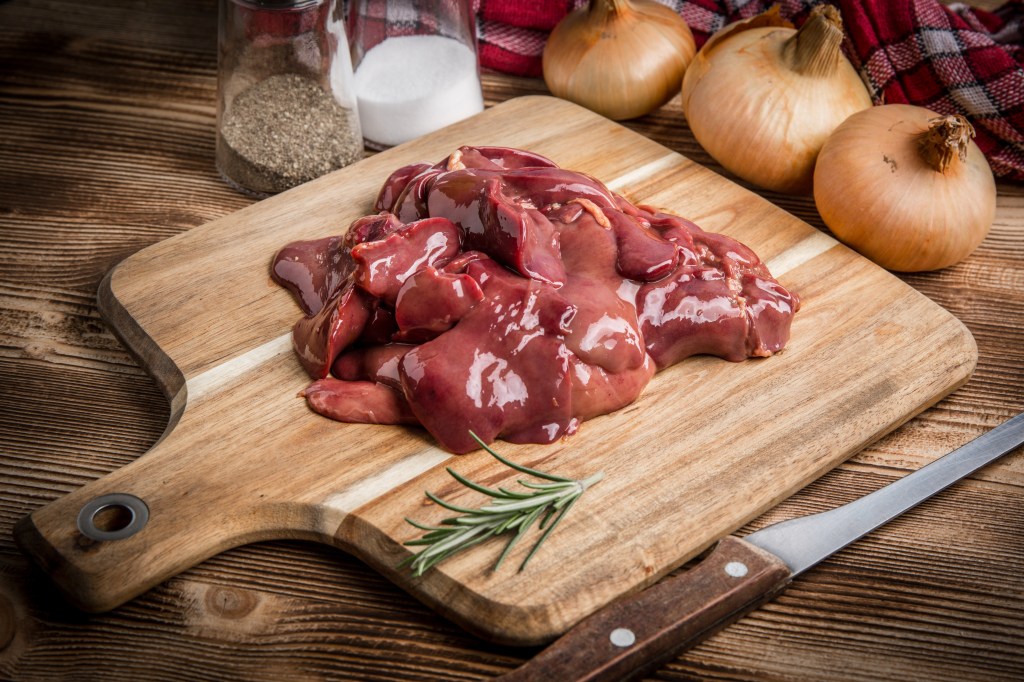
Lots of people refer to their pets as “fur-babies.” Other people think it’s disrespectful to human babies and their parents. I’m here to weigh in on the debate about which kind of baby is better.
I’ve had cats for many years. I almost never refer to them as fur-babies.
I do treat them like babies, however. I babble baby talk at them. I cradle them in my arms like babies (if they let me). I give them cutesie nicknames (like ToTo BooBoo). I’ve never had to bottle-feed a kitten, but you’d better believe I would. And I’ve even zerberted a cat whose belly had been shaved. It made a “foof” noise. (Autocorrect wanted to change “zerberted” to “perverted.” It has a point. But I digress.)
When I married, all I could offer my in-laws were grand-kittens and grand-puppies. It wasn’t that we couldn’t have human babies. We just never did. (Fortunately, Dan’s brother took care of that duty, and his kids have supplied assorted great-grands, four of whom are even close enough to visit Mom Reily. She has cats, too. I don’t know if she calls them fur-babies. But I digress again.)
One thing that people who do call their cats (and maybe their dogs) fur-babies do is dress them up in precious little outfits. I can’t approve of it. I’m with cat guru Jackson Galaxy on that issue. Maybe at Halloween, just for the day, but forget about little Easter outfits. Cats are not known for appreciating bonnets. I think they’re almost guaranteed to shred them, and there goes your investment. Dogs may be more accommodating, but they just look goofy (or Goofy).
Many comparisons can be made between baby types. Both kinds have their own little personalities, play adorably, and are great to cuddle. Both human babies and fur-babies are endlessly distracting and good for some laughs.
It takes a couple of years to potty-train a human baby and get them to eat people-food. Kittens come practically litter-trained and are able to eat kitten-food as soon as they’re old enough to leave their mama. (They can also eat people-food, though it’s not advisable. But I’ve had cats that have eaten and enjoyed pumpkin, corn, bread (one would tear open a loaf of bread and eat a couple of slices, making croutons of the rest), doughnuts, and chocolate bars (yes, yes, I know, those are bad for pets, but Anjou suffered no ill effects.) But I digress some more.)
Fur-babies are superior to human babies because you don’t have to save for their college or worry about them boosting cars or getting into any drugs other than catnip. Throughout their lives, it’s possible to pick them up and hold them (unless we’re talking St. Bernards).
Human babies are superior to fur-babies because, after a certain amount of time, they can talk and tell you what’s causing them distress. (Until then, they equal fur-babies in yowling and howling.) They do cool things like graduate from high school and college and get married. (Both fur-babies and human babies are eventually capable of producing offspring, of course. I don’t know of any trap-neuter-release strategies for human babies. That would just be wrong. But I digress yet again.)
I must admit to preferring fur-babies. But human babies are superior to fur-babies in one major regard—you can expect them to live a good long time (barring unfortunate circumstances, of course). You’re lucky if your fur-babies live 20 years—most don’t make it that long.
If you have fur-babies, you must prepare yourself for losing a being that you love dearly. I won’t say that you love them as much as you’d love a human baby, but their loss does leave a hole in your heart that even another fur-baby can’t totally fill. You may swear that you’ll never get another one, but somehow you always do, even knowing that that fur-baby’s life is limited too. They’re addictive that way.
We put ourselves through it again and again for the love of fur-babies. Their lives may be limited, but love and sorrow balance out in some equation that’s emotional, not mathematical. Love never is.










